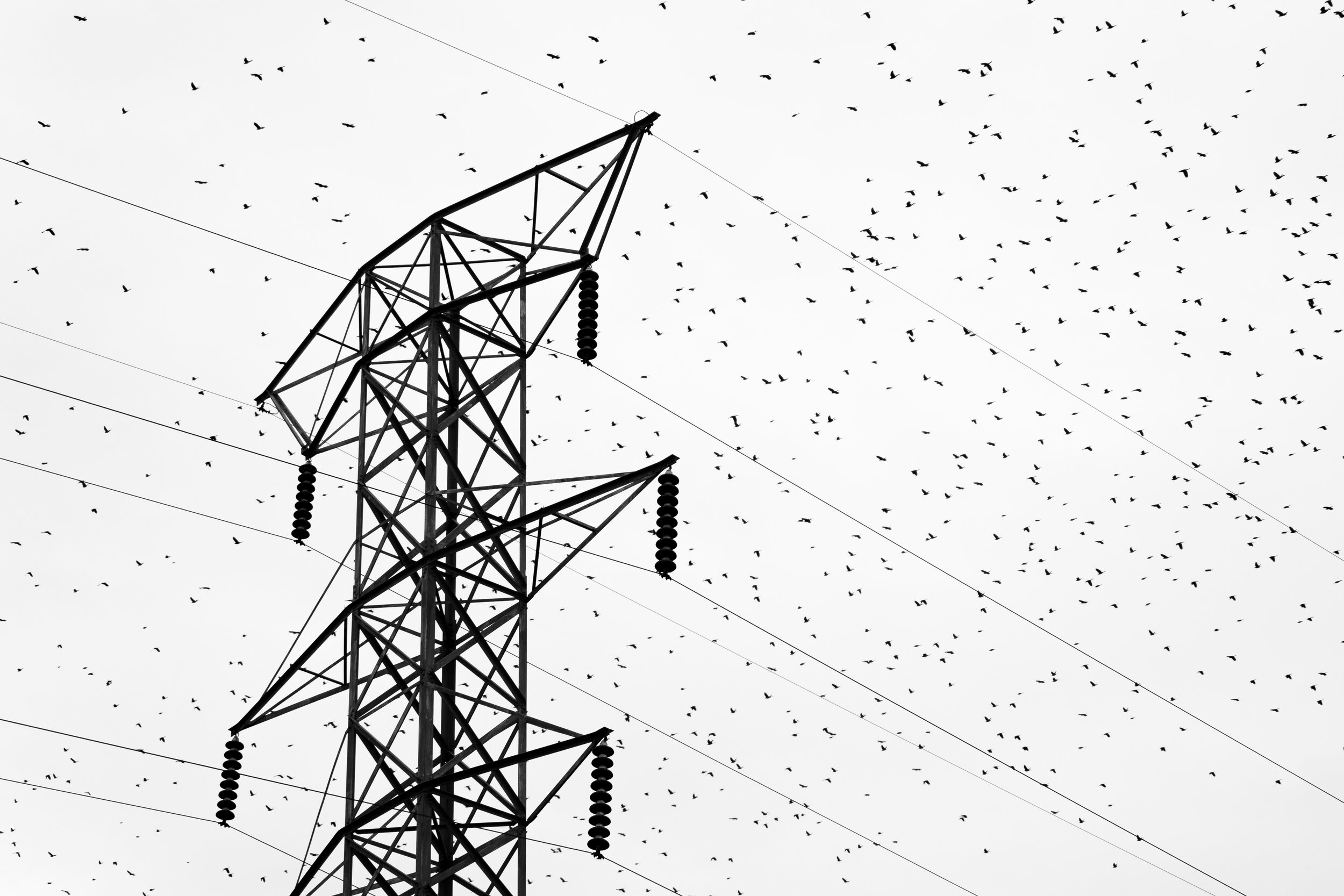THE HIGH COST OF WIND, SOLAR, AND BATTERIES
Recent studies make it clear that the only possible rationale for renewable energy—making significant reductions of CO2 emissions—cannot be achieved. The costs of attempting to do this with renewables are already imposing heavy costs on economies across the world and will rapidly escalate as the grid penetration of renewables increases. As several European countries have already experienced as they plunged into energy poverty, the costs are simply too great for any society to pay.
U.S. ELECTRICITY PRICES HIGHER UNDER BIDEN ADMINISTRATION
Texas Leads the Way with a 208% Increase in Wholesale Prices
Under the Biden administration, wholesale electricity prices surged by 72%, while retail rates rose by 23%, partly due to increased renewable energy subsidies under the 2022 Inflation Reduction Act. Policies impacting natural gas also contributed, with experts warning of continued price hikes and declining grid reliability unless subsidies are reconsidered.
U.S. FEDERAL RENEWABLE SUBSIDIES ARE DRIVING THE ENERGY TRANSITION
U.S. federal subsidies for renewable energy are accelerating the transition from fossil fuels to renewables, resulting in higher costs and increased grid unreliability. Renewable subsidies are cited as the key factor behind the commercial success of wind and solar energy. This shift distorts the energy market and undermines the reliability of the U.S. electric grid.
THE GOVERNMENT- IMPOSED COST OF ELECTRICITY IN TEXAS
Government-imposed policies increased Texas electricity costs by nearly $20 billion in 2023, accounting for almost 43% of the total costs in ERCOT areas. Over the past decade, these policies have added $84.3 billion to Texans' electricity bills, with state and local governments being major contributors.
THE END OF TEXAS’ ENERGY-ONLY ELECTRICITY MARKET
The PUC’s proposed market redesign increases costs and reduces reliability. Market interventions will cost Texans close to $8 billion a year by 2026.
THE DECLINE AND FALL OF RELIABILITY, AFFORDABILITY, AND COMPETITION IN ERCOT
Problems with generation adequacy and reliability in the Texas grid were once rare occurrences. That does not appear to be the case anymore. For two straight years the grid has struggled to keep the lights on, despite promises that “everything that needed to be done was done to fix the power grid in Texas” after the 2021 blackouts. The foundation for the reduction of reliability in the Electric Reliability Council of Texas (ERCOT) is the politicization of the Texas electricity market—particularly the push for renewable energy—and the resulting collapse of competition in the market.
SUBSIDIES TO NOWHERE
The Texas electricity market is being overrun by renewable energy generation driven by the over-subsidization of wind and solar development. Since 2018, 79.3% of all new generation has been intermittent renewable energy. The lack of diversity that has resulted from this over-reliance on renewables has come at a great cost to Texans most specifically in the form of less reliability. From 2006 through the end of 2021 renewable energy generators in Texas will have benefitted to the tune of $24.2 billion in taxpayer subsidies.
A CAPACITY MARKET WILL MAKE TEXAS ELECTRICITY MORE EXPENSIVE, NOT MORE RELIABLE
An effort is now being made in the Texas Capitol to exchange Texas’ “energy-only” market for a “capacity” market in which generators get paid just for existing—then get paid again when they sell electricity. This double dipping would increase the cost of electricity for Texas consumers somewhere between $4 billion to $8 billion per year. If successful, Texans will have an electricity grid that looks much like those of California and New York; no more reliable, but a lot more expensive.
TEXAS’ $3.6 BILLION ELECTRICITY TAX
Because of heavy subsidies flowing to wind and solar generation, the reliability of the Texas electric grid has been threatened. Commissioners at the Public Utility Commission of Texas responded to the reliability challenges by instituting a $3.6 billion electricity “tax” on Texans. Unlike most taxes though, the money from the ORDC goes straight to generators as a subsidy. The price increase was done through an administrative price adder known as the Operating Reserve Demand Curve (ORDC), which artificially increases wholesale electricity prices under conditions of scarcity. The ORDC has been in place for several years but was increased about $2 billion by the PUC in 2019. The PUC has also increased the ORDC in 2020. Thus, the cost of the ORDC could increase significantly this year, depending on market conditions.
PREDATORY PRICING IN THE TEXAS ELECTRICITY MARKET
Renewable energy generators are driving other, more reliable sources of energy out of the Texas electricity market. The reason is straightforward. Renewable generators often undercut the prices of their competitors by selling electricity below their costs, and even their marginal costs, to gain market share.
In many ways, this behavior matches one of the classic “anticompetitive” behaviors in antitrust theory known as predatory pricing.
WIND AND SOLAR SUBSIDIES INCREASE TEXAS ELECTRICITY COSTS
Lower natural gas prices in 2019 led to declines in wholesale electricity prices in most areas of the country. This was not the case in Texas, where day-ahead, around-the-clock wholesale electricity prices averaged $38 per megawatt-hour (MWh), up 13% from their 2018 average.
The root cause of this cost increase were the massive distortions in Texas’ wholesale electricity market caused by renewable energy subsidies.
THE HIGH COST OF RENEWABLE ENERGY SUBSIDIES
Federal, state and local subsidies for renewable energy are undermining the reliability of the Texas electricity market. Since 2006, wind and solar generators in Texas have received about $19.4 billion from taxpayers and consumers. The distortions caused by the rapid growth of wind and solar generation are significantly decreasing the reliability of the electricity grid.












